American companies are increasingly caught in a complex web of tariffs and shifting trade policies, with many choosing to maintain their operations in China rather than reshore production to the United States. Despite promises of a large-scale return of manufacturing, the reality on the ground is proving more complicated.
During his campaign, President Donald Trump pledged that his tariff strategy would drive an “exodus” of U.S. manufacturing out of China and back to American soil. Yet interviews with business leaders and trade groups suggest that many companies see remaining in China as the least risky option for now, citing high tariff costs, unpredictable policy changes, and global supply chain disruptions.
A recent survey conducted by the U.S.-China Business Council underscores this sentiment. While more firms are reassessing their long-term investment strategies, roughly two-thirds of U.S. companies currently operating in China reported that they still intend to maintain or even expand their planned investments there.
Tariffs Create Difficult Choices for Businesses
For small- and medium-sized enterprises, the tariff increases present particular challenges. Large retailers such as Walmart, Target, and Home Depot possess the negotiating leverage to absorb some tariff costs or push back on suppliers, but smaller firms lack that cushion. As a result, niche retailers and specialty importers are being forced to pass on the added costs to consumers or face shrinking profit margins.
Judd King, founder of Los Angeles-based Starlux Games, explained that his company relies on LED components produced in China. “There’s no waiting anymore — we simply have to pay the duties,” he said, adding that the real question is how much additional cost consumers are willing to tolerate.
James Zimmerman, a partner at international law firm Perkins Coie and former chair of the American Chamber of Commerce in China, noted that many Chinese suppliers are also raising prices. “Suppliers are going to their U.S. buyers and saying, ‘Costs are going up, and you need to pass that along to consumers or risk losing product lines,’” he said.
Court Rulings Add Legal Uncertainty
Beyond the tariffs themselves, legal disputes are adding to the climate of uncertainty. A federal appeals court recently ruled that the administration does not have the legal authority to impose certain tariffs, including “reciprocal” duties designed to penalize countries seen as unfair trading partners. This decision has set the stage for a potential Supreme Court case later this year, leaving businesses unsure about what tariff landscape they will face in the near future.
A White House official emphasized that the administration has consistently called for businesses to diversify away from China. “The need to reduce reliance on China has been clear for the better part of a decade,” the official said, while also pointing out that alternative manufacturing bases such as Malaysia, Indonesia, and the Philippines face set tariff rates that provide “certainty” for companies willing to relocate.
Global Diversification Efforts Face Setbacks
The push to diversify supply chains away from China is not new. Both the Trump and Biden administrations have encouraged private sector investment in countries such as Mexico, Vietnam, India, and other emerging markets. These efforts accelerated during the COVID-19 pandemic, when supply chain vulnerabilities were laid bare.
However, new tariffs have complicated this strategy. Many of the alternative hubs—such as Vietnam and Cambodia—are now facing higher U.S. duties that bring them closer in line with tariffs on Chinese exports. For companies considering relocating, this reduces the appeal of moving production out of China.
Cameron Johnson, a partner at supply chain consultancy Tidalwave Solutions, observed that the widely adopted “China-plus-one” model—where companies maintain a footprint in China while adding production elsewhere—has become more difficult. “The strategy has been upended, and many smaller firms are either scaling back operations or shutting down altogether,” he said.
Rising Costs for Retailers and Consumers
The impact of tariffs is increasingly visible in retail prices. Analysts at Telsey Advisory Group noted that popular consumer items have seen double-digit price increases since the most recent round of tariff hikes. A Barbie doll at Target, for example, has risen by more than 40 percent since April. Major retailers have acknowledged the burden in their earnings calls, warning of continued price increases during the peak holiday shopping season.
Joe Feldman, a retail analyst at Telsey, cautioned that the real financial impact may still be unfolding. “Year-to-date, the numbers haven’t looked catastrophic, but the pressure is mounting,” he said. “Many retail investors expect further cost escalations as tariffs ripple through the supply chain.”
Business Responses: Bankruptcy, Adaptation, or Waiting
The financial strain has already contributed to bankruptcies among U.S. firms dependent on Chinese imports. Retailer At Home Group and toy supplier IG Design Group both declared bankruptcy this summer, explicitly citing tariffs as a key factor undermining their revenues. Restructuring advisors say they are seeing a surge of companies seeking relief as tariffs and trade uncertainty compound financial pressures.
Others are adapting by shifting product lines. Starlux Games, for example, is reducing its focus on toys—where tariffs have pushed costs especially high—and moving into other segments like resin dice for tabletop gaming.
For many, however, the prevailing response is to wait. “It’s not only about the tariffs themselves—it’s the uncertainty,” said Ker Gibbs, former president of the American Chamber of Commerce in Shanghai. “Companies are paralyzed by not knowing whether duties will rise, fall, or stay in place.”
Long-Term Outlook
Despite the turbulence, surveys suggest that a majority of U.S. companies still view a Chinese presence as essential to their competitiveness in global markets. Many cite China’s manufacturing ecosystem, workforce, and consumer market as irreplaceable in the near term.
As Cameron Johnson of Tidalwave Solutions summed it up: “Reshoring to the U.S. on a large scale isn’t financially feasible. The U.S. lacks the manufacturing ecosystem, the talent pool, and the incentives to make that shift realistic right now.”
For businesses navigating this shifting terrain, tariffs remain both a cost and an uncertainty—factors that continue to shape corporate strategy, supply chain planning, and consumer prices across the United States.
#SupplyChainNews #TradePolicy #TariffsAndDuties #GlobalBusiness #EconomicUpdate

















